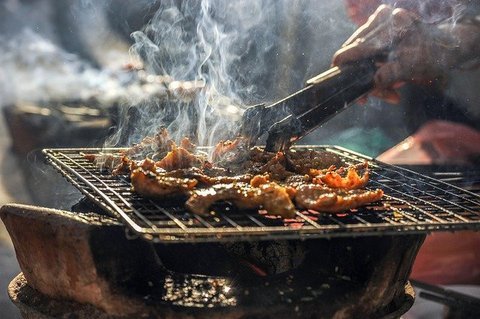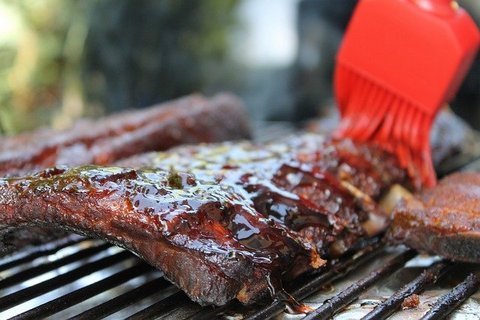South African traditional Food – Traditional and Authentic cuisine in South Africa has developed from a wide variety of sources. Because of the early settlement of people from so many different countries the choice of food and varying recipes is extremely wide.
There are traditional foods originating from the indigenous people of South Africa as well as many wonderfully tasty recipes brought by the settlers from Holland, Germany, France, England, India and the East Indies amongst others. There was also the Portuguese influence due to the proximity of Mozambique. Here are just a few examples:
Braai (barbeque) is an extremely popular way of entertaining throughout the year in South Africa due to the temperate weather patterns and summer rainfall in most parts of the country except for Cape Town and surrounding areas which have a Mediterranean climate and a resulting winter rainfall.
Boerewors (South African Sausage) is a mainstay of the Braai culture, as well as Sosaties, a very special skewer of lamb marinated in a curry sauce. All types of meat are cooked on the Braai, such as lamb chops, steak and chicken. With this food, it is common to serve Pap (a stiff porridge made from Mielie (maize) meal also known as Phutu).
Curry was introduced into South Africa by the Indians who came to work in the cane fields of Natal. Bobotie is a type of meatloaf introduced by the Malays in the Cape. The Dutch settlers introduced delicious sweet treats like melktert (milk pudding) and koeksisters – deep fried platted dough dipped in syrup.
There are many other interesting dishes and types of food available in South Africa but the one that is most popular is Biltong, strips of dried meat (similar to jerky). This is an item that is longed for by most Ex South Africans living in other countries. Boerewors is also very popular when dried using the same method as biltong.




Younger lambs are smaller and more tender. Mutton is meat from a sheep over two years old, and has less tender flesh. In general, the darker the colour, the older the animal. Baby lamb meat will be pale pink, while regular lamb is pinkish-red.’;^-